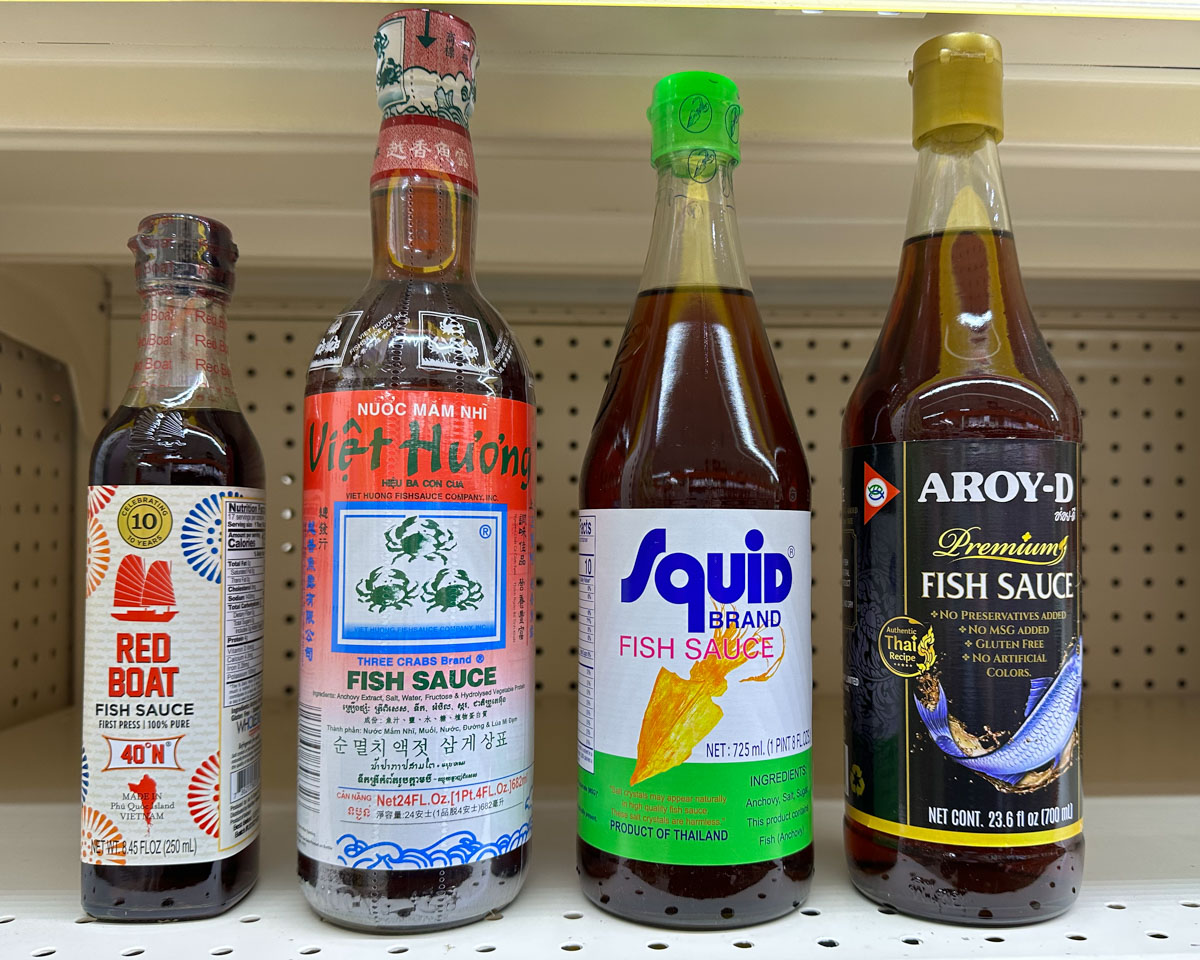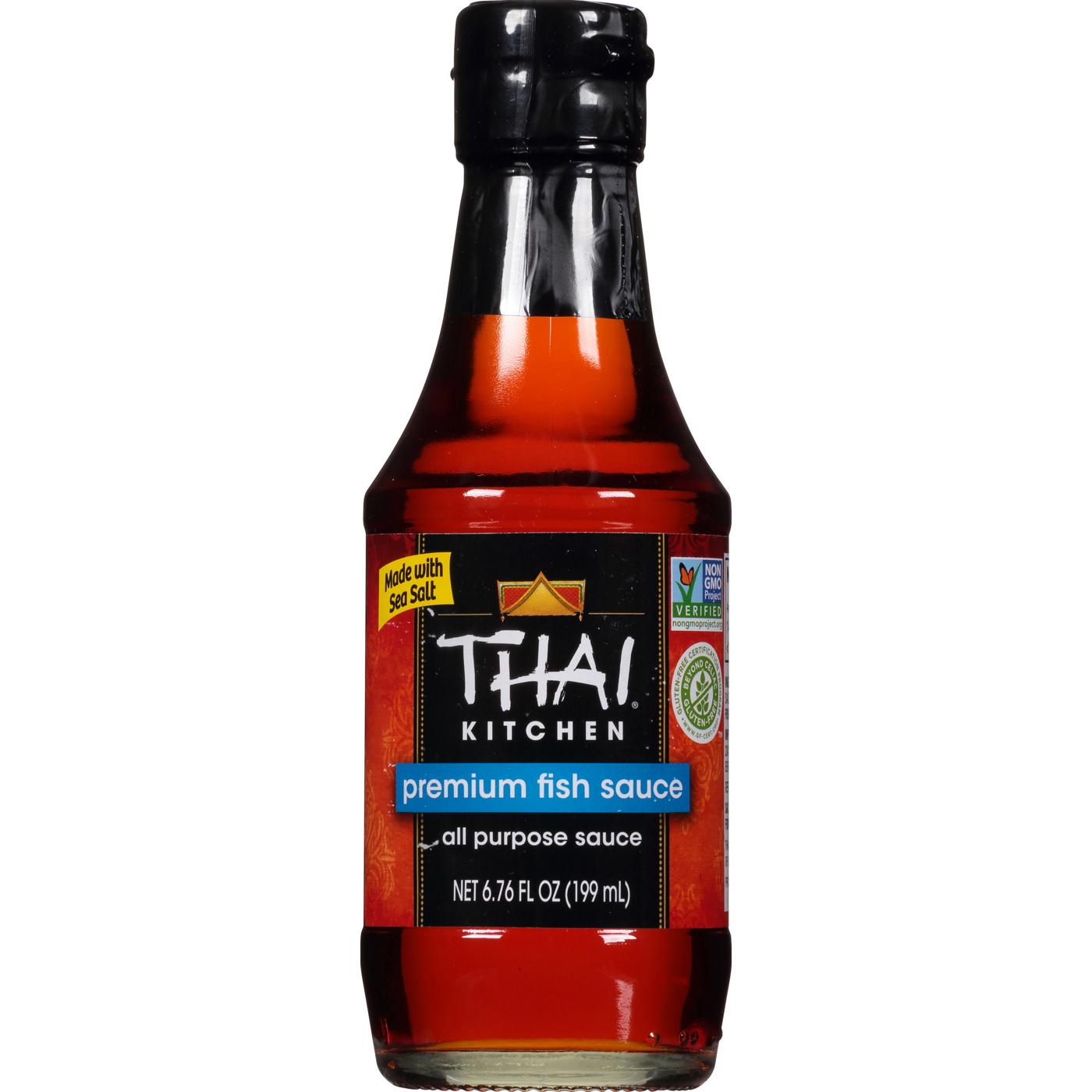The ancient shipwreck is remarkably well preserved and contains more than 300 amphorae that were being used to transport a cargo of fish sauce, olive oil and wine from the Spanish mainland.Image credit: ARQUEOMALLORNAUTA Project
Posted on 05/05/2024 5:10:23 PM PDT by SunkenCiv
The ancient shipwreck is remarkably well preserved and contains more than 300 amphorae that were being used to transport a cargo of fish sauce, olive oil and wine from the Spanish mainland.Image credit: ARQUEOMALLORNAUTA Project
Mmmmm, nothing like fermented fish guts.
“In another key discovery, the wooden “step” connecting the mast to the hull was found to contain a coin from Roman Siscia (in modern-day Croatia), in line with Roman rituals for blessing a ship. The coin was made during the reign of the Roman emperor Constantine the Great and fixed the earliest possible date of the ship as A.D. 320...”
Some traditions never die...
https://en.tallink.com/blog-mystar/-/blogs/lucky-coins-under-the-keel
https://www.marthastewart.com/7844343/fish-sauce-explained
For a condiment that brings so much complexity to the table, the way it is made is actually quite simple: Fish, typically anchovies, are packed into large vats with salt and left to ferment until they essentially liquify, a process that usually takes around nine months but can take up to a year. That liquid is then strained—and, in some cases, left to age even longer—before being bottled. You may be wondering what keeps the fish from becoming rotten or dangerous to eat. The key word is fermentation, an ancient preserving method that uses salt to halt the harmful bacteria that would normally cause the food to spoil. While the salt is keeping the bad bacteria out, the beneficial bacteria is let loose to mingle. It’s the fermentation process that gives fish sauce its signature flavor that can be described as deeply savory and umami.

Isn’t Worcestershire sauce a kind of fermented fish sauce?
In another key discovery, the wooden “step” connecting the mast to the hull was found to contain a coin from Roman Siscia (in modern-day Croatia), in line with Roman rituals for blessing a ship. The coin was made during the reign of the Roman emperor Constantine the Great and fixed the earliest possible date of the ship as A.D. 320...
https://ussconstitutionmuseum.org/2017/03/17/hidden-treasures/
Mast Coins
There is a long-standing tradition of placing a coin under a mast as the mast is stepped in a vessel. Why? Two of the most common answers to this centuries-old maritime tradition are:
1. The coin, especially if it was silver or gold, would bring the vessel good luck on its voyages;
2. If the vessel foundered, the coin would be used by the crew to pay Charon, the ferryman of Hades, who transported the newly deceased from the world of the living to the world of the dead.
Doesn’t look much different than a chum bucket.
I used to make a mean kimchee with fish sauce. I was the only one in the house who ate it and they would all complain when I opened the jar. That and sardines.

We ALWAYS have this in our pantry, and more with chopped Thai peppers added in our fridge.
Main ingredients besides the cabbage was fish sauce and habaneros and sweet peppers.
I think Worstershire has anchovies in it. I like it but wouldn’t touch that other stuff.
Not at first. It hasn’t been filtered and put into pretty little bottles yet.
That would gag a hyena.
The second from the left is the one i currently have.
“”””I was the only one in the house who ate it and they would all complain “”””
It’s funny how some of the best foods are like that.
An acquired taste, like nuoc mam.
Disclaimer: Opinions posted on Free Republic are those of the individual posters and do not necessarily represent the opinion of Free Republic or its management. All materials posted herein are protected by copyright law and the exemption for fair use of copyrighted works.